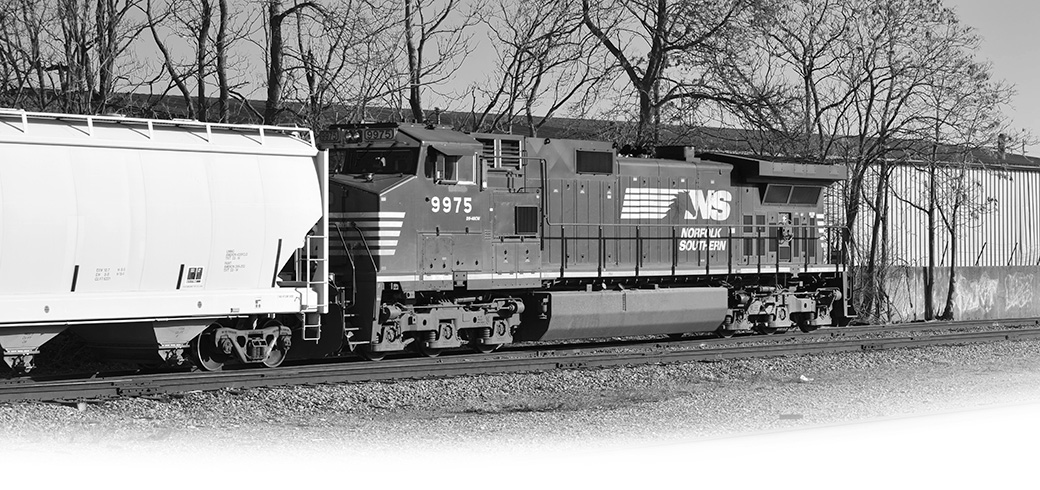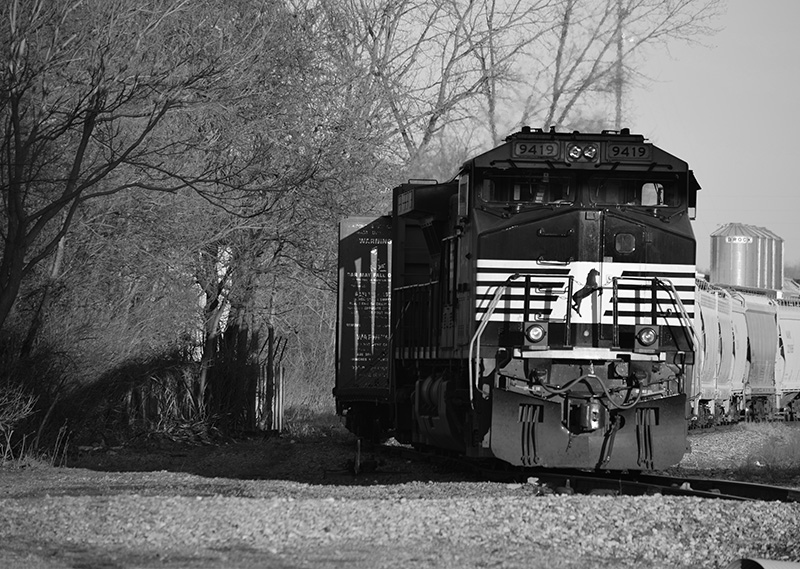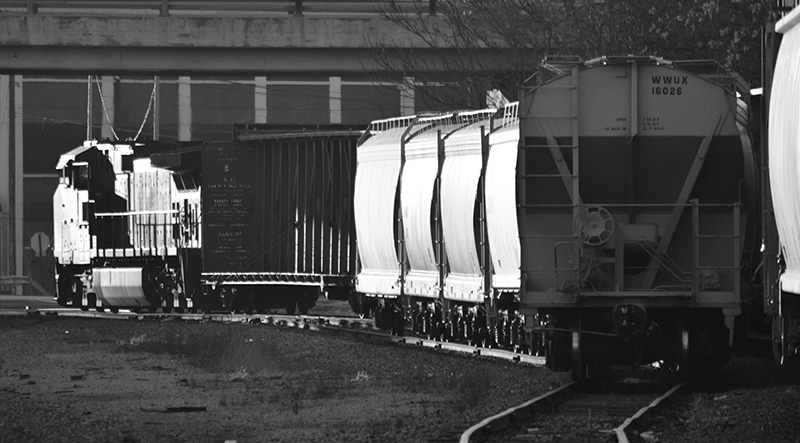
Thinning The Herd
Recently I’ve noticed the railroad often leaves an engine in town overnight or for several days. The two photos below show one of the locals that works Richmond. The 9419 and consist were left idling and parked in the yard over the weekend earlier this month. I shot photos on Saturday and more images, including these two, on Sunday evening when the sun was in a better position. Monday morning shortly after six, I drove past the yard and discovered the entire consist was gone. Adding to the intrigue was the presence of a different engine and cars sitting on the old Indianapolis main to the west of Eighth Street. I can only speculate about what happened overnight. Did the crew that brought the newly arrived 9975, take the 9419 and consist back to Muncie or did a transport van pick them up and drop off a fresh crew? Do crews layover in town? The answers to these questions and others will have to wait for now.


It was still dark and with nothing happening, I headed home for breakfast and returned just over an hour later, scouted the situation again and waited. A southbound passed about twenty minutes into my watch and then around 8:30, the crew for the 9975 arrived and waited for the passage of two more Cincinnati bound trains before getting the main. They had a cut of covered hoppers behind the locomotive that they dropped in the yard (lead photo) and having made their set-out, they also headed south. By the time I watched him head east into the warming sun, it was after ten. I still don’t completely understand what the railroad is doing in Richmond. I need to look deeper and ask more questions when possible. I do suggest there is an opportunity in the scenario I witnessed, one that might work for some, but not for everyone.
What inspires me about this operation is the simplicity of it. The trackwork is compact and very manageable. As I’ve noted in various posts and at length in Vol 5 of The Missing Conversation, the moves here are self-contained and out of the way of mainline action for the most part. I like switching for the way it highlights the nuances of railroading. Watch an experienced crew long enough and you’ll begin to notice the subtle moves and the true amount of time required to do the work safely.
Having a train parked in the open is quite common now and I’ve counted at least four different spots in town where the crew has left their train or the locomotive for extended periods. More than once, I’ve watched a crew just walk up and board the engine, switch on the headlamp and if they have clearance to run, simply start their work. It seems elegant compared to the common thinking that a train has to “arrive” from a staging yard or other hidden place. Admittedly, these procedures vary from company to company and are probably also era specific. That said, the practice represents another option for designers to consider when space is tight, either by choice or circumstance.
Too often we settle for prepackaged answers or change our criteria to conform to another’s, rather than probe deeper for a solution that fits our needs exactly. I’ve touched on this topic from a different angle in this post from early last year. Then as now, your experience will vary from mine and that’s as it should be.
Mike
0 Comments